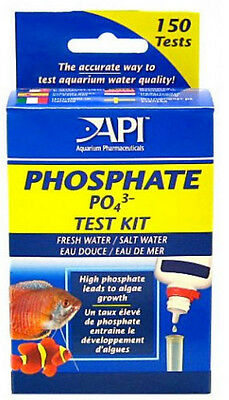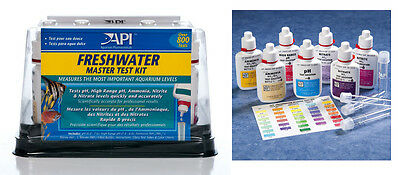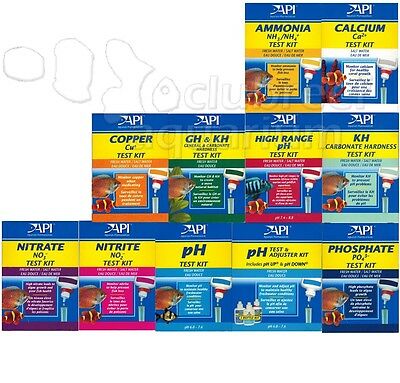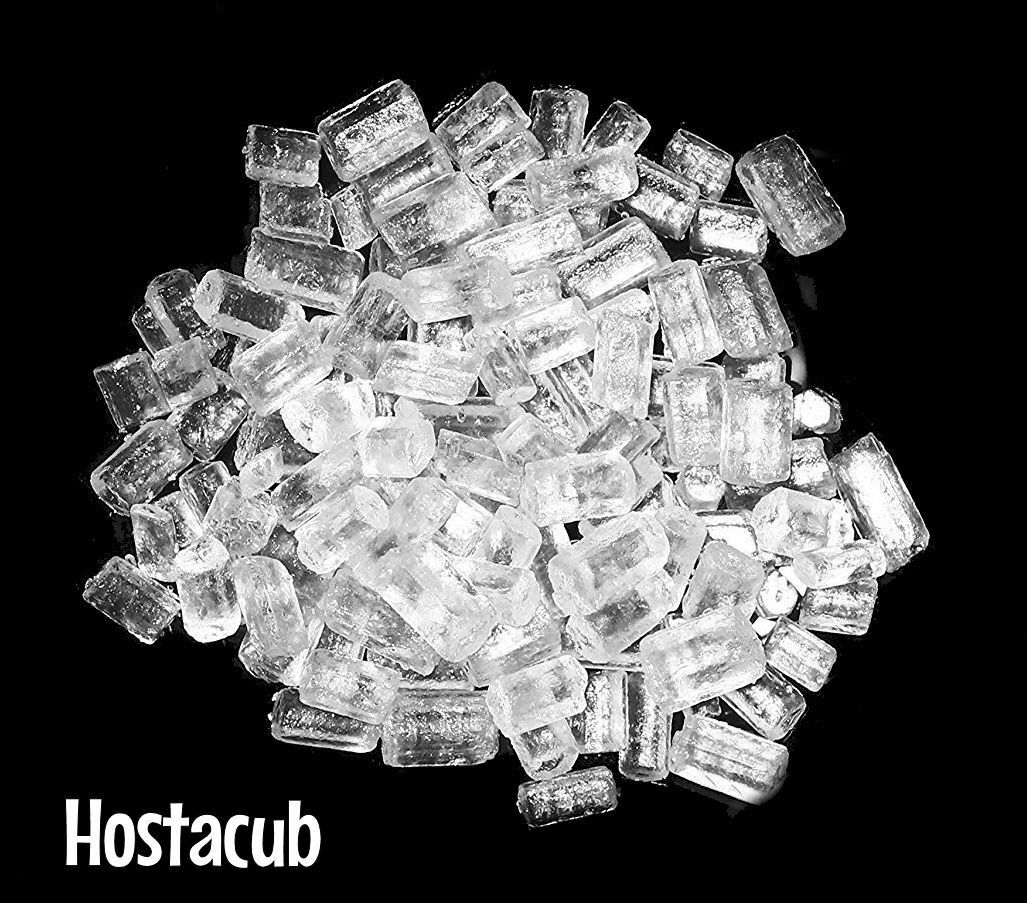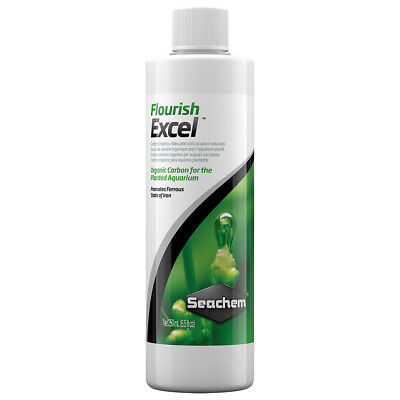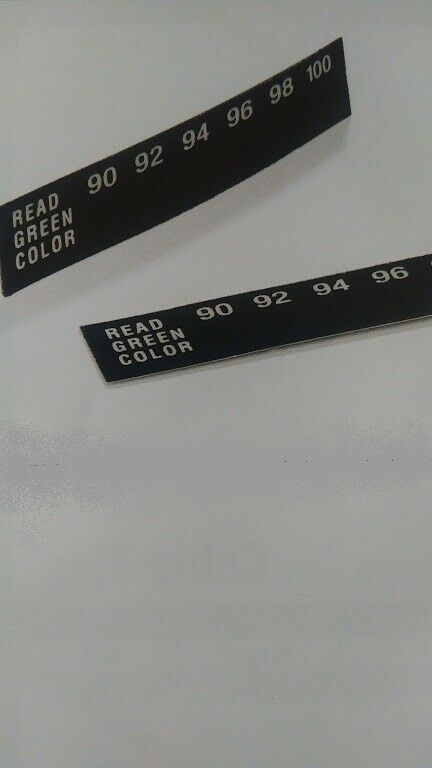-40%
Digital Refractometer for Seawater Analysis (HI96822) - Hanna Instruments
$ 95.04
- Description
- Size Guide
Description
The HI96822 is a rugged, portable digital refractometer designed for the measurement of salinity of natural or artificial seawater. The HI96822 displays results in three popular measurement units: Practical Salinity Units (PSU), salinity in parts per thousands (ppt) and specific gravity (S.G. (20/20)). The instrument’s high accuracy and simple operation gives reliable results each and every time. All readings are automatically compensated for temperature variations and displayed within a 1.5 second response time. The sealed flint glass prism and stainless steel well are easy to clean. Just wipe with a soft cloth in preparation for the next sample.Sample size as small as 2 metric drops (100 μl)
Sealed stainless steel well with high-grade optical prism made of flint glass
Fast 1.5 second response time for temperature compensated readings
The HI96822 Digital Refractometer eliminates the uncertainty associated with mechanical refractometers by measuring the refractive index to determine the salinity of natural and artificial seawater including brackish, ocean water or saltwater aquarium. The instrument converts the refractive index of a sample to PSU, ppt and specific gravity. These conversions are based on respected scientific publications using the physical properties of seawater (not sodium chloride). The HI96822 is an easy to use tool for measuring salinity in natural and artificial seawater whether in the field, lab or at home.
Designed for seawater salinity analysis (not NaCl)
Automatic Temperature Compensation
High accuracy measurements displayed as PSU, ppt and specific gravity
Making a Standard Solution
Sodium Chloride solutions can be used to check the accuracy of the meter. The table below lists two Sodium Chloride solutions and their expected ppt Seawater value.
To make a Standard NaCl Solution (g/100 g), follow the procedure below
Place container (such as a glass vial or dropper bottle that has a cover) on an analytical balance.
Tare the balance.
To make an X NaCl solution weigh out X grams of high purity dried Sodium Chloride (CAS #: 7647-14-5: MW 58.44) directly into the container.
Add distilled or deionized water to the beaker so the total weight of the solution is 100g.
Example Standard NaCl solution:
NaCl (g)
Water (g)
Total
Expected Seawater value (ppt)
3.5% NaCl
3.50
96.50
100.000
34
10% NaCl
10.00
90.00
100.000
96
Refractive Index
The HI96822 takes measurements based on a sample’s refractive index. Refractive index is a measurement of how light behaves as it passes through the sample. Depending on the sample’s composition, light will refract and reflect differently. By measuring this activity with a linear image sensor, the sample’s refractive index can be assessed and used to determine its physical properties such as concentration and density. In addition to the linear image sensor, the HI96822 uses an LED light, prism and lens to make measurement possible.
Variations in temperature will affect the accuracy of refractometry readings, so the use of temperature compensation is highly recommended for reliable results. The HI96822 contains a built-in temperature sensor and is programmed specialized algorithms then apply temperature compensation to the measurement and convert the refractive index to: PSU (Practical Salinity Units), ppt (part per thousand) or S.G. (Specific Gravity) (20/20). PSU is defined as the conductivity ratio of seawater to a standard KCl solution. It is based upon the work of the UNESCO, ICES, SCOR, and IAPSO. This information is published in The Joint Panel of Oceanographic Tables and Standards. An older salinity scale is ppt (10-3), where salinity is defined by “the salt content is the weight of the inorganic salts contained in 1 kg of seawater if all bromide and iodide are replaced by an equivalent amount of oxides” (Knudsen, 1901). Specific Gravity (20/20) is based upon the published relationship between density at 20
°
C and the mass of dissolved salts in the seawater sample (CRC Handbook of Chemistry and Physics, 87th Edition).
Features at-a-glance:
One-point calibration
Calibrate with distilled or deionized water
Small sample size
Sample size can be as small as 2 metric drops (100 μl)
Automatic Temperature Compensation (ATC)
Samples automatically compensated for temperature variations
Quick, accurate results
Readings are displayed in approximately 1.5 seconds
Dual-level LCD
The dual-level LCD displays measurement and temperature readings simultaneously
Stainless steel sample well
Easy to clean and corrosion-resistant
Battery indicators
Battery percent level remaining at startup and low battery indicator
Automatic shut-off
To conserve battery life the meter shuts off automatically after three minutes of non-use
IP65 water resistant protection
Water resistant ABS plastic casing designed to perform under laboratory and field conditions.
Specifications
Salinity Content Range
0 to 50 PSU; 0 to 150 ppt; 1.000 to 1.114 Specific Gravity (20/20)
Salinity Content Resolution
1 PSU; 1 ppt; 0.001 Specific Gravity (20/20)
Salinity Content Accuracy (@20ºC/68ºF)
±2 PSU; ±2 ppt; ±0.002 Specific Gravity (20/20)
Temperature Range
0 to 80°C (32 to 176°F)
Temperature Resolution
0.1°C (0.1°F)
Temperature Accuracy
±0.3 °C (±0.5 °F)
Temperature Compensation
automatic between 0 and 40°C (32 to 104°F)
Measurement Time
approximately 1.5 seconds
Minimum Sample Volume
100 μL (to cover prism totally)
Light Source
yellow LED
Sample Cell
stainless steel ring and flint glass prism
Auto-off
after three minutes of inactivity
Enclosure Rating
IP65
Battery Type / Life
9V / approximately 5000 readings
Dimensions / Weight
192 x 102 x 67 mm (7.6 x 4.01 x 2.6”) / 420 g (14.8 oz.)
Ordering Information
HI96822 is supplied with battery and instruction manual
Warranty
2 years
Listing and template services provided by inkFrog

